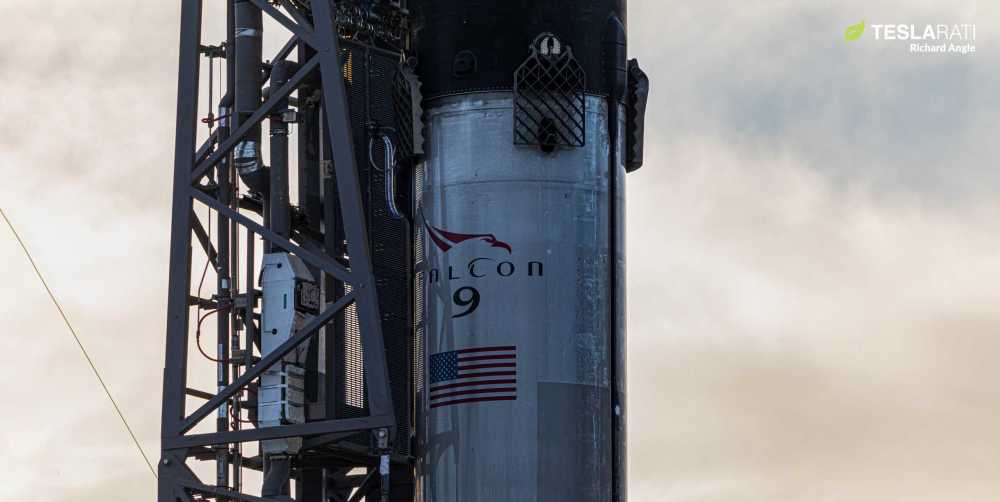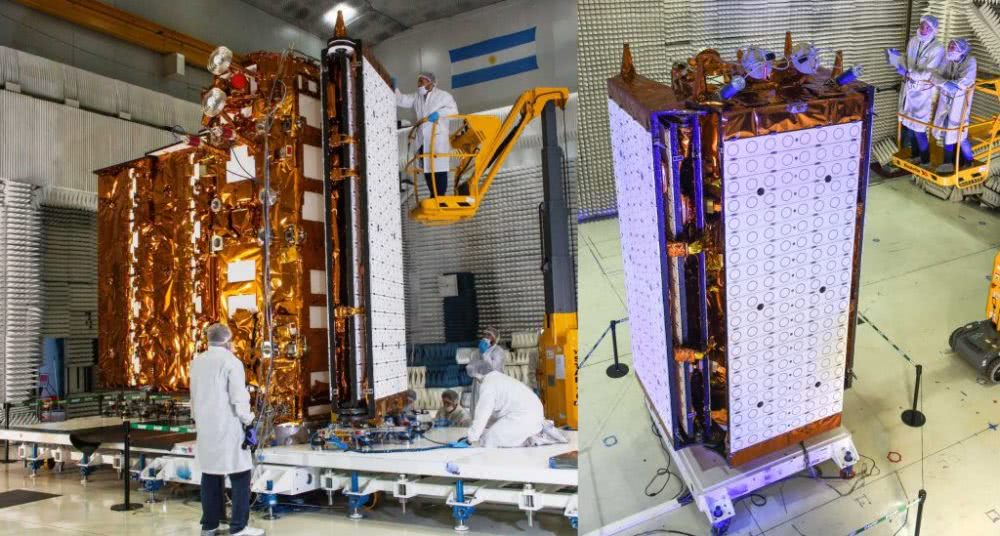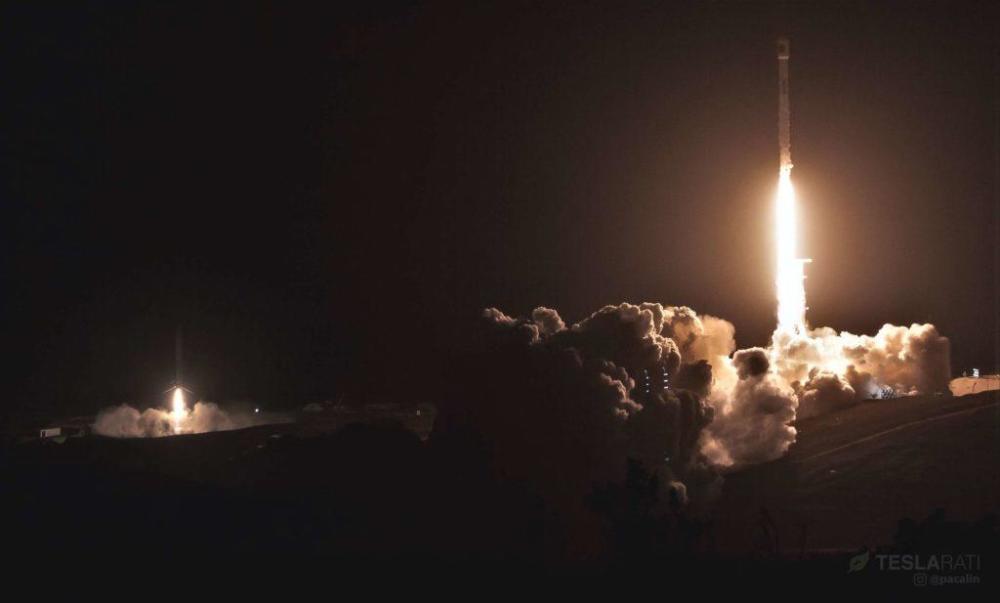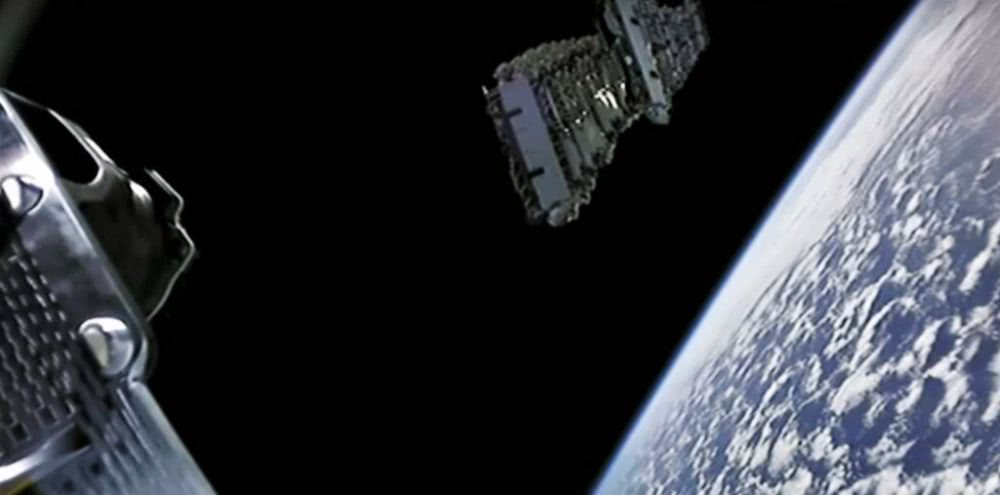Although delaying the launch is inevitable, it is not surprising when dozens of countries around the world are considering (or have promulgated) extreme countermeasures to mitigate the damage caused by the new coronavirus epidemic.
Editor’s note: This article comes from Tencent Technology , reviewing Jinlu.

Figure 1: SpaceX has experienced the first rocket launch delay associated with a new coronavirus epidemic, and announced an indefinite delay in missions
On March 24th, according to foreign media reports, after the strict travel restrictions were imposed on Argentina, which is responsible for manufacturing the SAOCOM 1B satellite payload, the next space rocket launch originally planned by US space exploration technology company SpaceX was postponed indefinitely. It is the first sign that a new coronavirus epidemic has severely affected the company.
The SAOCOM 1B radar satellite, weighing approximately 3,000 kilograms, left the Bariloche production plant and arrived at Cape Canaveral around February 23, which was previously expected to launch as early as March 30. However, around the same time, the effects of the new coronavirus epidemic began to be felt outside China.
SAOCOM 1B is now being housed in the SpaceX payload processing facility at Cape Canaveral Air Force Station (CCAFS), and for the foreseeable future, it seems that it will have to wait for teams from Argentina and other countries to enter Among them, and prepare for launch.
While delaying launch is inevitable, it is not surprising when dozens of countries around the world are considering (or have promulgated) extreme countermeasures to mitigate the damage caused by the new coronavirus epidemic.
Thankfully, once the Argentine Space Agency (CONAE) employees are ready to fly for SAOCOM 1B, this mission will still make history, marking the first time in more than half a century that rockets have flew from the polar regions of the US East Coast along the East Coast. Orbital launch.
At the same time, although SpaceX will not receive any revenue, there are also ways to potentially use this bad time and take advantage of unexpected downtime caused by customer launch delays. Other SpaceX launches are still on schedule, but plans are subject to change at any time, and the next launch is now possibleThis is another satellite launch mission.

Figure 2: This is the last test and inspection of the SAOCOM 1B Earth Observation Satellite before being shipped to Florida
In October 2018, SpaceX successfully launched the predecessor of SAOCOM 1B, the SAOCOM 1A satellite, from the Vandenberg Air Force Base (VAFB) facility using the West Coast Landing Platform (LZ-4) for the first time. Since then, the satellite has been successfully operating in space, providing scientists, farmers and more with high-quality satellite radar and Earth observation data.
As a network of two satellites, CONAE spent about 15 months manufacturing and assembling its sister satellite, and it was assembled in December 2019. After completing several additional mechanical and electrical tests to verify the health of the satellite in January and February 2020, SAOCOM 1B was loaded on the Antonov cargo plane in Russia and flew directly to the Kennedy Space Center ), Landed on the runway that NASA space shuttle once used.

Figure 3: SLC-4E launcher and LZ-4 launcher for Falcon 9 rocket B1048 booster
Soon after the outbreak of the new global coronavirus epidemic, the Argentine government has decided to temporarily ban international travel, and citizens are now facing stricter restrictions to legally enforce social isolation measures. Unsurprisingly, scientific satellite launches have not won immunity, meaning that it is now almost impossible for the Argentine Space Agency to transport people and supplies to and from Florida. This is necessary for complex activities like satellite launches.
As a result, SpaceX ’s SAOCOM 1B launch will be postponed until Argentina can relax domestic and international travel restrictions, no one knows the exact timetable.
Until the commercial mission is postponed indefinitely, SpaceX’s seventh dedicated Starlink satellite launch is not expected to take place earlier than April 2020, that is, shortly after the launch of SAOCOM 1B on March 30. However, SpaceX CEO Elon Musk and another executive recently revealed that SpaceX can build StarChain satellites faster than it can launch satellites, producing up to 6 satellites per day.

Figure 4: SpaceX’s satellite factory in Redmond, Washington is said to be able to produce 60 satellites to be launched in just 10 days
So SpaceX may have a large backlog of satellites that are ready to launch, either waiting for transportation or already in Florida. In 2020, SpaceX completed four launches of 60 StarChain satellites in approximately 11 weeks, with an average mission interval of less than 3 weeks. Even if SpaceX’s StarChain satellite factory produces an average of only 4-5 satellites per month, this means that the company is still manufacturing at least 20-40 satellites for each batch of 60 satellites.
In other words, if the Falcon 9 rocket booster, superior and payload fairing are ready for launch, or if SAOCOM 1B customer CONAE is willing to let SpaceX use its rocket (much less likely), the Companies can completely replace external missions on their list with internal satellite chain satellite launches. This will reduce the company’s employees’ delays due to the outbreak, which will not save money in itself, but will allocate resources that will be wasted more effectively. For now, however, we and the rest of the world will have to wait and see.